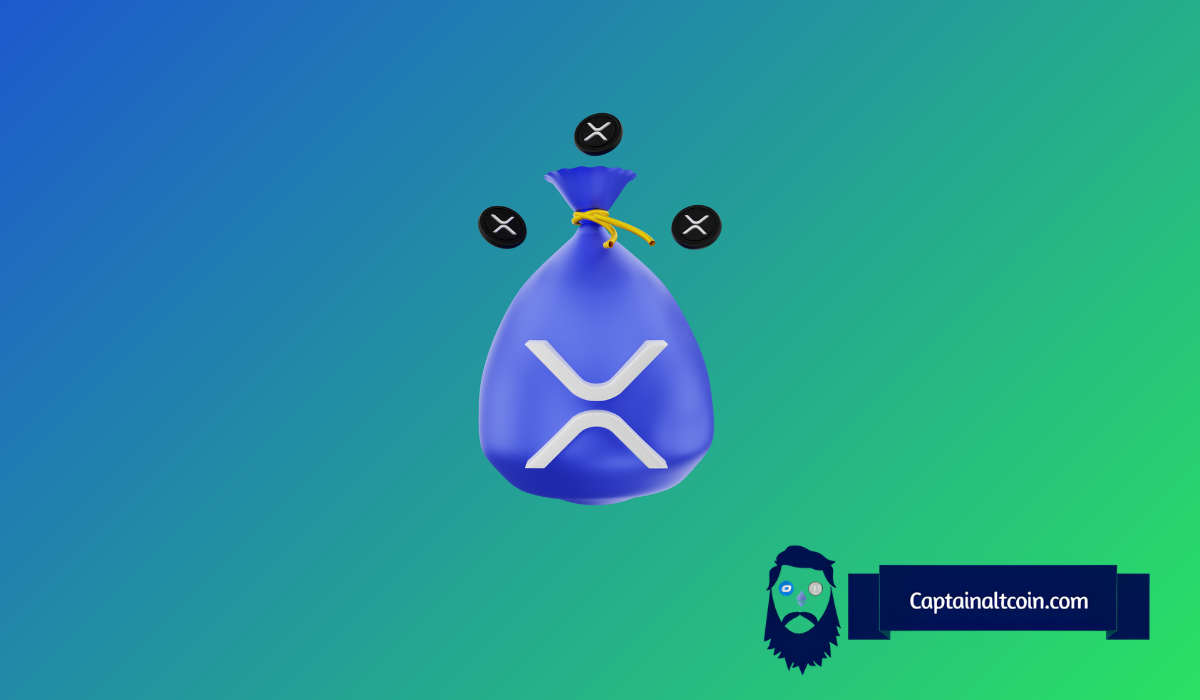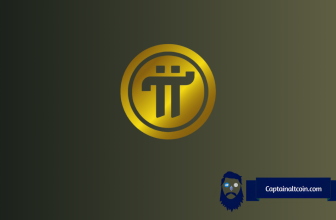
Ripple isn’t trying to win the small peer-to-peer payment market anymore. The company is focused on business-to-business (B2B) payments instead.
That’s the part of global finance where companies move enormous amounts of money across borders every single day. And if Ripple succeeds in that space, analysts think it could change the long-term outlook for the XRP price.
The size of that opportunity is huge. FXC Intelligence estimates that cross-border B2B payments already sit near $30 trillion, and could grow to $50 trillion by 2032.
Because these payments support global trade, they need speed and deep liquidity. Those are two areas where XRP was designed to perform well.
What you'll learn 👉
Why the B2B Shift Matters for XRP Price
There was some debate when Western Union chose Solana for a pilot program. Some critics saw that as a negative sign for XRP.
But Ripple’s XRP supporters pointed out that Western Union mostly works with consumer transfers, while Ripple is aiming at a much bigger market.
XRP is used as a bridge asset inside Ripple’s payment systems. If financial institutions begin moving more company-to-company payments through Ripple’s network, they would also need enough XRP available to support that flow. That kind of demand can tighten supply and, over time, lift price.
With Ripple targeting the B2B cross-border payments scene, the XRP price could see a massive boost if the firm captures 40% of the market.
— TheCryptoBasic (@thecryptobasic) November 5, 2025
Notably, when Western Union revealed plans to pilot its stablecoin on the Solana network, several figures in the crypto community took aim…
How Liquidity Could Influence XRP’s Value
TheCryptoBasic asked ChatGPT what might happen if Ripple captured a large share of the projected market.
A scenario was considered where Ripple’s XRP processes 40% of those future payments, which would mean over 20 trillion dollars running through its systems.
The point made in that analysis was simple: the value of XRP depends more on liquidity needs than the total money moved. Banks and corporations might hold XRP to help settle payments without major price swings.
The more adoption grows, the more XRP may need to be locked and ready to use. That alone could have a strong effect on price stability and long-term value.
As more institutions participate, speculation also tends to rise, which can speed up price discovery..
Read Also: Where Could Plasma (XPL) Price Head Next? Analyst Explains the Setup
Possible Long-Term XRP Price Ranges
ChatGPT outlined a few possibilities based on different levels of adoption. In a scenario where Ripple only handles major payment routes between big currencies like USD and EUR, the XRP price could move toward $25 to $50.
With stronger adoption – 30% to 40% of global B2B settlement volume – XRP could reach between $100 and $500.
And if Ripple’s technology becomes a standard in the next decade, some models suggest that $1,000 per coin is possible over a long enough timeline.
Even at $100, XRP’s overall market value would still be small compared to the huge financial system it would help support.
Because XRP circulates quickly, its utility does not depend on people holding and storing it. Instead, value comes from how often it gets used.
However, none of this is guaranteed. Global payments are heavily regulated, and traditional systems still dominate.
But the story analysts are watching is clear. If Ripple’s XRP continues to win partnerships in the corporate payments world and B2B settlements start flowing via blockchain rails, the role of XRP could grow along with that shift.
For now, long-term traders will be watching how effectively Ripple onboards real companies onto its network and how much liquidity they eventually put behind XRP.
Subscribe to our YouTube channel for daily crypto updates, market insights, and expert analysis.








